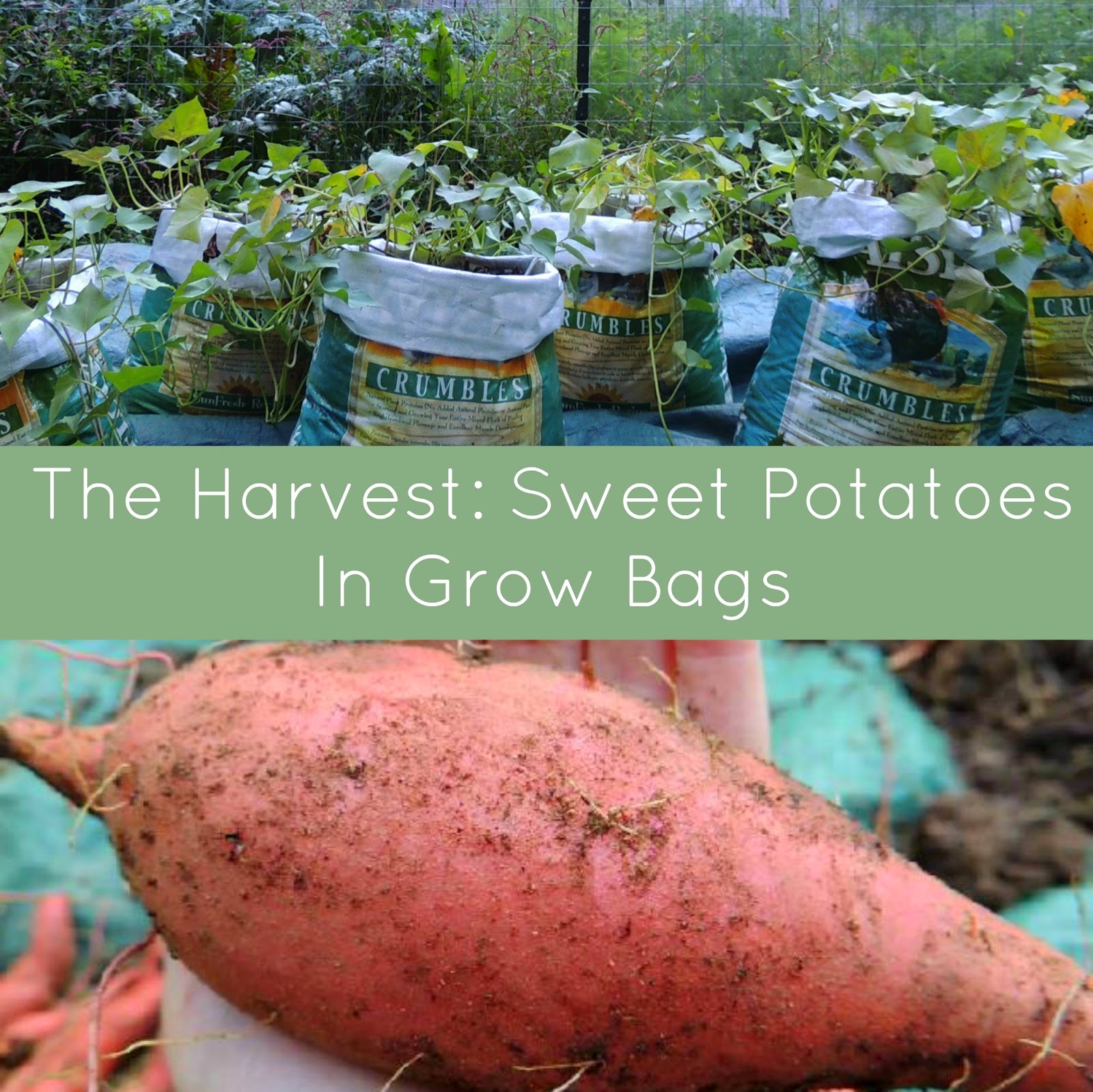Unlocking the Secrets of Growing Potatoes in Sacks
Imagine harvesting fresh, homegrown potatoes without needing a vast garden. This dream becomes a reality with the ingenious method of cultivating potatoes in sacks, a technique that’s gaining traction among urban gardeners and those with limited space. This approach offers a practical and rewarding way to enjoy delicious potatoes grown right on your patio, balcony, or even a small corner of your yard. But how exactly does this method work, and what are the secrets to success?
Growing potatoes in containers, specifically sacks, offers a unique advantage over traditional in-ground planting. It eliminates the need for extensive digging and weeding, making it ideal for individuals with physical limitations or limited garden space. Furthermore, potato sacks provide excellent drainage and aeration, which are crucial for healthy root development and preventing common potato diseases. This technique also allows for easy harvesting – simply tip the sack over and collect your bounty.
The exact origins of growing potatoes in containers like sacks are somewhat obscure, but the practice likely emerged alongside the increasing popularity of container gardening. As urban populations grew and garden space dwindled, innovative methods like sack gardening provided a solution for those yearning for homegrown produce. This resourceful approach is a testament to the adaptability of both gardeners and the potato plant itself.
The significance of sack potato growing goes beyond just convenience. It offers a sustainable and environmentally friendly alternative to conventional farming practices. By using repurposed sacks, like burlap or feed bags, gardeners can reduce waste and contribute to a more circular economy. Additionally, the contained environment minimizes the need for pesticides and herbicides, resulting in healthier potatoes and a reduced environmental impact.
One of the main challenges associated with sack gardening for potatoes is managing moisture levels. While good drainage is essential, the soil in sacks can dry out quickly, especially in hot weather. Consistent watering and monitoring are key to preventing drought stress and ensuring optimal potato growth. Another potential issue is the limited space within the sack, which can restrict the size and number of potatoes produced. Selecting appropriate potato varieties for container growing and providing adequate nutrients are crucial for maximizing yields.
Here's a step-by-step guide for cultivating potatoes in sacks:
1. Choose a suitable sack: Burlap, hessian, or even strong plastic sacks work well.
2. Prepare the soil mix: A combination of potting soil, compost, and perlite provides ideal drainage and nutrients.
3. Plant the seed potatoes: Place a few seed potatoes about 4 inches deep in the soil mix.
4. Water regularly: Keep the soil consistently moist but not waterlogged.
5. Add more soil as the plants grow: As the potato plants emerge and grow taller, gradually add more soil mix to the sack, burying the stems except for the top leaves.
6. Harvest your potatoes: Once the plants flower, the potatoes are ready to harvest. Simply tip the sack over and collect your spuds.
Advantages and Disadvantages of Growing Potatoes in Sacks
| Advantages | Disadvantages |
|---|---|
| Space-saving | Requires regular watering |
| Easy harvesting | Limited yield compared to in-ground planting |
| Reduced weeding | Potential for disease if not managed properly |
Best Practices:
1. Use high-quality seed potatoes.
2. Choose the right sack material.
3. Provide adequate sunlight.
4. Monitor moisture levels.
5. Fertilize appropriately.
Challenges and Solutions:
Challenge: Overwatering - Solution: Ensure good drainage and monitor soil moisture.
Challenge: Pests - Solution: Use natural pest control methods.
FAQ:
1. What type of potatoes are best for sacks? - Early and mid-season varieties.
Tips and Tricks:
Use a well-draining soil mix.
In conclusion, growing potatoes in sacks offers a practical, space-saving, and environmentally friendly method for cultivating this beloved staple. From its humble origins as a solution for limited garden spaces, this technique has evolved into a popular and sustainable practice. By following the step-by-step guide, adhering to best practices, and understanding the potential challenges, anyone can enjoy the satisfaction of harvesting their own fresh potatoes from sacks. Embrace this innovative approach to gardening and discover the joys of a plentiful potato harvest, no matter the size of your growing space. This method empowers you to take control of your food source, reduce your environmental footprint, and enjoy the unparalleled flavor of homegrown potatoes. Start your sack potato garden today and experience the rewards of this rewarding and sustainable gardening technique.
The allure of the azure being exploring fantasy art man blue
Authentic tech exploring bona fide technology limited
Cozy up your home with sherwin williams dark beige














